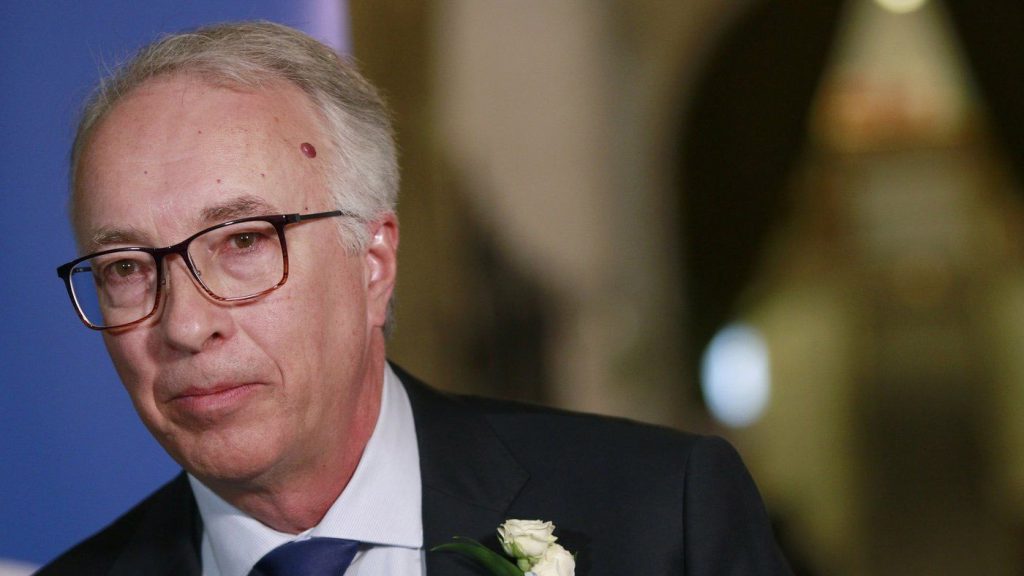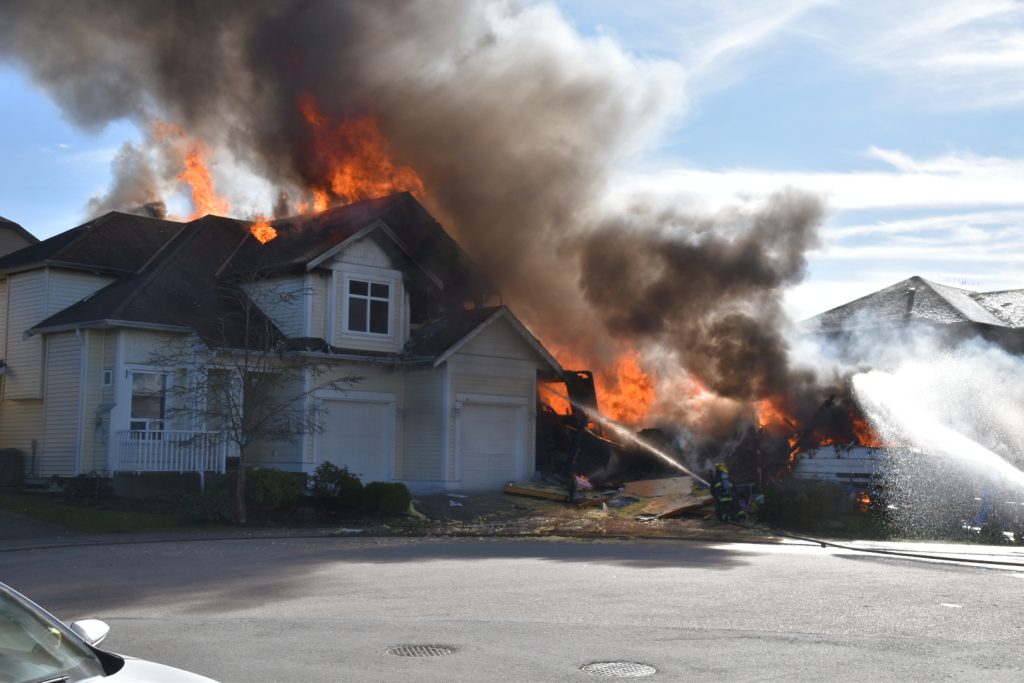Why is the Donnie Creek wildfire so big?
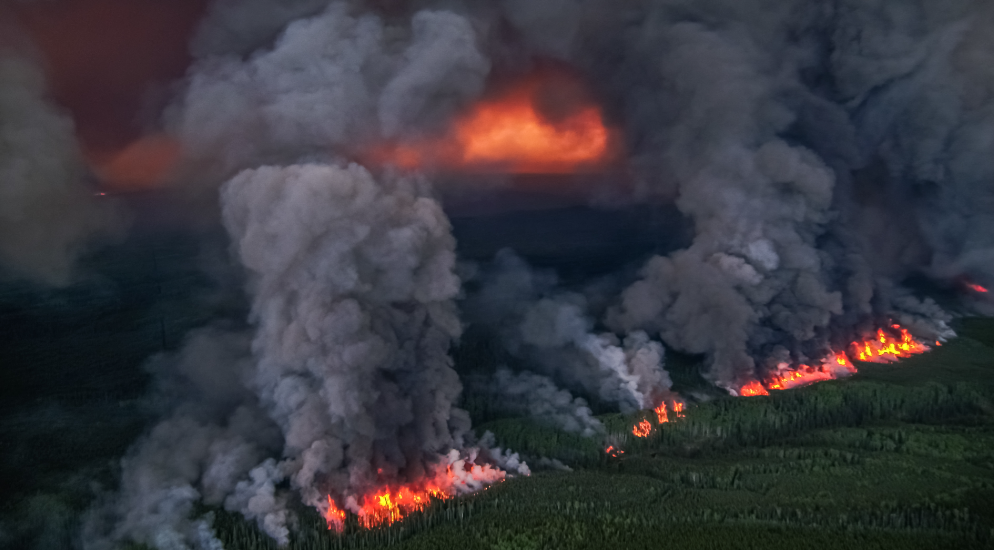
Posted June 20, 2023 5:15 pm.
Last Updated June 20, 2023 5:25 pm.
Recognized as the largest recorded fire in B.C.’s provincial history, the Donnie Creek wildfire won’t be quickly forgotten.
Burning at more than 553, 300 hectares — roughly the size of 1,380 Stanley Park’s — the wildfire continues to rage north of Fort St. John.
But why has it gotten so big?
According to the BC Wildfire Service, a number of factors have contributed to its growth, including its location.
“The Donnie Creek wildfire is burning in highly volatile boreal spruce fuel types, in a sparsely populated region that has experienced prolonged drought conditions,” the service says.
“Boreal forests are fire-adapted ecosystems and this is a natural process. It is not uncommon for boreal forest types to experience fires of this size in the spring, and they are especially fire-prone during the prolonged drought conditions we are currently experiencing, which contribute to advanced fuel drying.”
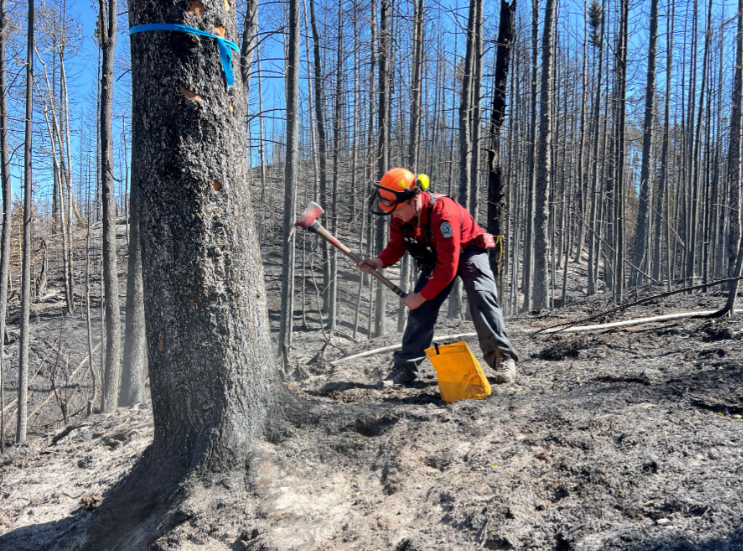
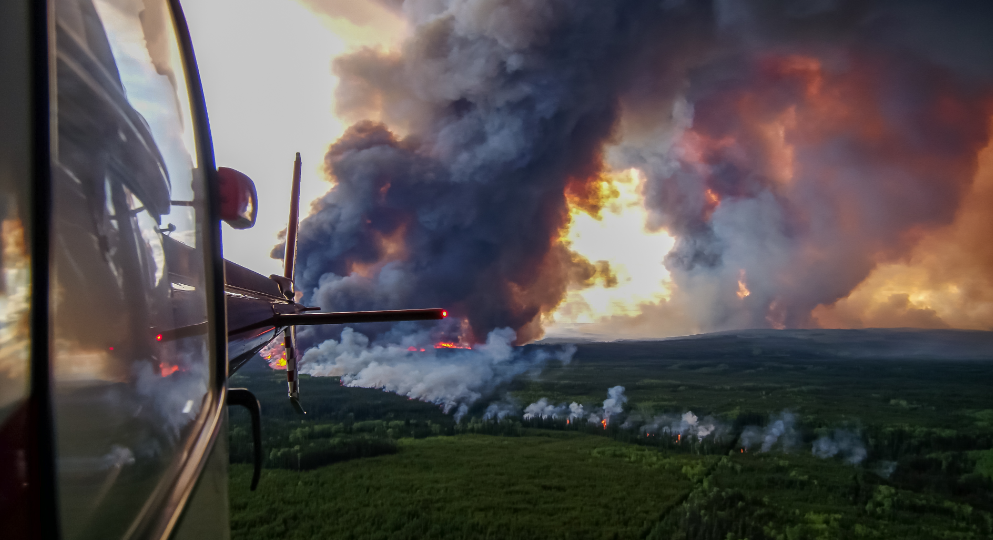

A historically low lack of rain, in combination with the warm temperatures in May — which saw pockets of mini-heatwaves — also added to the dryness.
Additionally, the service notes that at least six individual fires in the area combined with the mass blaze, adding to its growth.
Wildfire could return in spring
Due to its immensity, BC Wildfire says it expects the blaze will be around for a while yet, and may not be fully extinguished even through the winter months.
“Managing a fire of this size means a focus on suppression activities around communities and critical infrastructure and monitoring the fire where these values are not at risk,” the service says.
“Even with snow and winter rains, there is potential for fires to holdover and continue to smoulder through the winter months, and emerge the following spring. This usually occurs when there is a thick layer of duff, which is made up of decaying needles, leaves and woody debris. These fuels allow for very slow, smouldering conditions that can linger through winter, re-emerging in the spring.”
The fire makes up 62 per cent of the total area burned in the province since April, the service says.
Related articles:
-
Canada’s wildfire situation eases slightly, risks remain as 400 wildfires still burn
-
Donnie Creek wildfire now the largest in B.C.’s history, service says
-
Rain brings relief for crews fighting B.C. wildfires, but not enough to help long-term
As for what the rest of the wildfire season entails, the service warns things are looking smoky.
“Warmer-than-normal temperatures typically result in accelerated drying conditions and increase the risk of ignition from both lightning and humans in starting and sustaining wildland fires. Until significant and prolonged precipitation is observed, fuels will continue to dry, resulting in deep burning and challenging firefighting conditions,” the service says.
“The number of new wildfire starts will increase as we move through June and into July and August, the two months that typically see the most lightning activity. Overall, an early and more active start to the core wildfire season is anticipated.”
The BC Wildfire Service successfully carried out a planned ignition yesterday near Trutch B.C., where the Donnie Creek wildfire (G80280) had burned within 2 km of the Alaska Highway (Highway 97). pic.twitter.com/Y8mk5FD6m2
— BC Wildfire Service (@BCGovFireInfo) June 17, 2023
Fire crews believe several wildfires this year were sparked by lighting — including the Donnie Creek blaze — but a number are also believed to have been sparked by humans.
BC Wildfire notes that more than 450 have combusted in the province since April.
